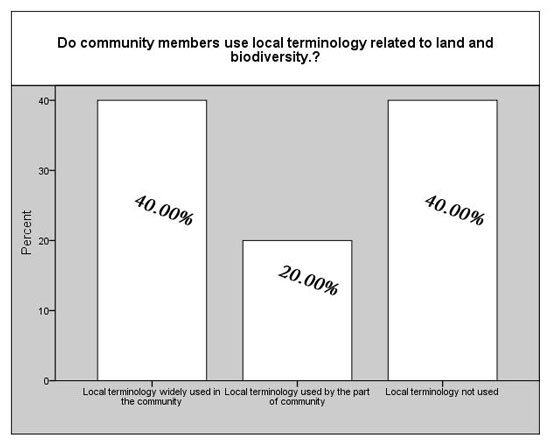Sustainable Agro and Community forestry in localities around Ayubia National Park, Western Himalayas, Khyber Pakhtunkhwa (KPK Province), Pakistan
09.05.2014
-
SUBMITTED ORGANISATION :
-
Center for Integrated Mountain Research (CIMR), University of the Punjab, Lahore, Pakistan
-
DATE OF SUBMISSION :
-
09/05/2014
-
REGION :
-
Southern Asia
-
COUNTRY :
-
Pakistan (Khyber Pakhtunkhwa KPK, Province)
-
SUMMARY :
-
On the bases of data/information collected by CIMR through its different research programs in this area it has been estimated that deforestation caused drastic impacts on environment, biodiversity and people of the villages around Ayubia National Park (ANP). The main reason behind this issue is that there is negligible management by forest department and feeble enforced rule and regulation about use of forest resources. Presently, deforestation has been exceeded its limits because of meager level annual tree plantation in area around Ayubia National Park. This partnership would be helpful to deal with the current situation through land use reforms in agriculture and agro forestry, reintroducing traditional knowledge and experiences in farming, reforestation in area, providing better sanitation techniques in area, tourist awareness campaigns and cleaning activities in area. Further it would also be helpful to control rapidly increasing deforestation and protecting biodiversity of the area.
-
KEYWORD :
-
Community forestry, Agro forestry around Ayubia National Park, Socio-ecological production landscape (SEPLs) in Pakistan
-
AUTHOR:
-
Dr. Khalida Khan (Director CIMR) & Atif Rasheed She is initiator and heading a very first academic institute (CIMR) since 1987, ambitious towards the research and capacity building for the livelihood prospects of the mountainous communities. With lots of research experience she has initiated MSc and MPhil/PhD degree programs in the vital area of conservation and watershed management. She has rich research experience and supervised various research projects/thesis/reports related to mountainous area’s issues. She has made reasonable research contributions in national and international literature by presented in various international forums. Atif Raseed as recently completed his M.Sc. degree in Mountain Conservation and Watershed Management and has got position as a Research Scholar in CIMR.
-
LINK:











